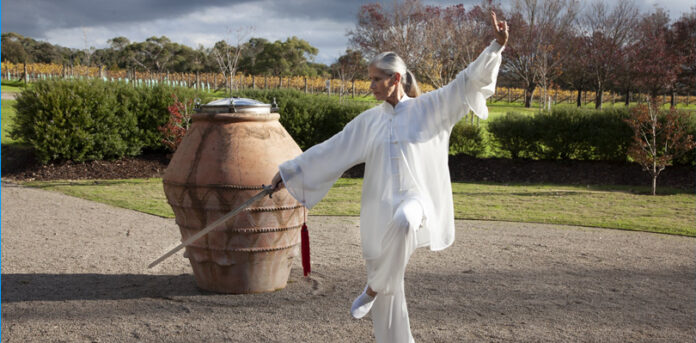Discover the graceful art of Tai Chi, a centuries-old practice that blends martial arts with mindfulness. In this captivating exploration, we unveil the hidden gems of Tai Chi, from its mysterious origins in ancient China to its modern-day impact on physical and mental well-being.
Delve into a world where slow, flowing movements hold the key to inner peace and improved health. Get ready to uncover the fascinating, surprising, and intriguing facts behind it. Whether you’re a novice or a seasoned practitioner, these insights will deepen your appreciation for this mesmerizing discipline. Join us as we unlock the secrets of Tai Chi – you won’t want to miss it!
Facts About Tai Chi
Ancient Origins
Tai Chi traces its roots back to 13th-century China, emerging from the martial arts practices of the Chen family. It was later developed into various styles, including Yang, Wu, and Sun, each with its unique characteristics and movements.
Meditation In Motion
Often referred to as “moving meditation,” it combines slow, fluid movements with deep breathing and focused attention. This harmonious blend promotes mindfulness, stress reduction, and mental clarity.
Health Benefits
Beyond its aesthetic appeal, it offers a wealth of health benefits. Studies suggest that regular practice can improve balance, flexibility, and muscle strength, reducing the risk of falls and promoting joint health.
Mind-Body Connection
Tai Chi emphasizes the connection between mind and body, fostering self-awareness and enhancing overall well-being. Its philosophy is deeply rooted in Taoist principles, advocating the balance of yin and yang energies.
All Ages Welcome
Unlike many strenuous exercises, it is accessible to people of all ages and fitness levels. Its gentle nature makes it an excellent choice for seniors, individuals recovering from injuries, and those seeking a low-impact workout.
Scientific Validation
Modern research has confirmed the positive effects of it on various health aspects. Studies show its potential to alleviate symptoms of chronic conditions like arthritis, and heart disease, and even improve cognitive function.
Qi Flow
Tai Chi revolves around the concept of “qi” or “chi,” the vital life force that flows through the body’s energy pathways. The practice aims to ensure smooth and balanced qi circulation, promoting vitality and harmony.
Cultural Legacy
Tai Chi embodies Chinese culture and philosophy, reflecting the principles of Taoism and Confucianism. As it spread globally, it fused with local traditions, resulting in a rich tapestry of its styles and interpretations worldwide.
Embarking on a journey through it unravels a tapestry of ancient wisdom, holistic well-being, and the fusion of movement and tranquility. Whether you seek improved health, inner peace, or a deeper connection to the essence of Chinese culture, it offers a remarkable path to explore.
FAQs
What is the history behind Tai Chi?
It originated in 13th-century China as a martial art practiced by the Chen family. Over time, it evolved into different styles like Yang, Wu, and Sun, each with distinct movements and philosophies. The practice’s roots intertwine with Chinese culture, martial arts traditions, and the principles of Taoism.
How does Tai Chi benefit mental and physical health?
Tai Chi is renowned for its holistic benefits. The slow, flowing movements, combined with deep breathing and mindfulness, create a moving meditation. However, regular practice enhances balance, flexibility, and muscle strength. Studies also suggest that it can reduce stress, improve cardiovascular health, and even alleviate symptoms of chronic conditions like arthritis.
Can anyone practice Tai Chi, regardless of age or fitness level?
Absolutely. Tai Chi is known for its inclusivity. Its gentle nature makes it suitable for people of all ages and fitness levels. Seniors find it particularly beneficial for maintaining mobility and preventing falls. It’s also an excellent choice for those recovering from injuries or seeking a low-impact exercise option. The practice can be tailored to meet individual needs while still delivering profound benefits.

